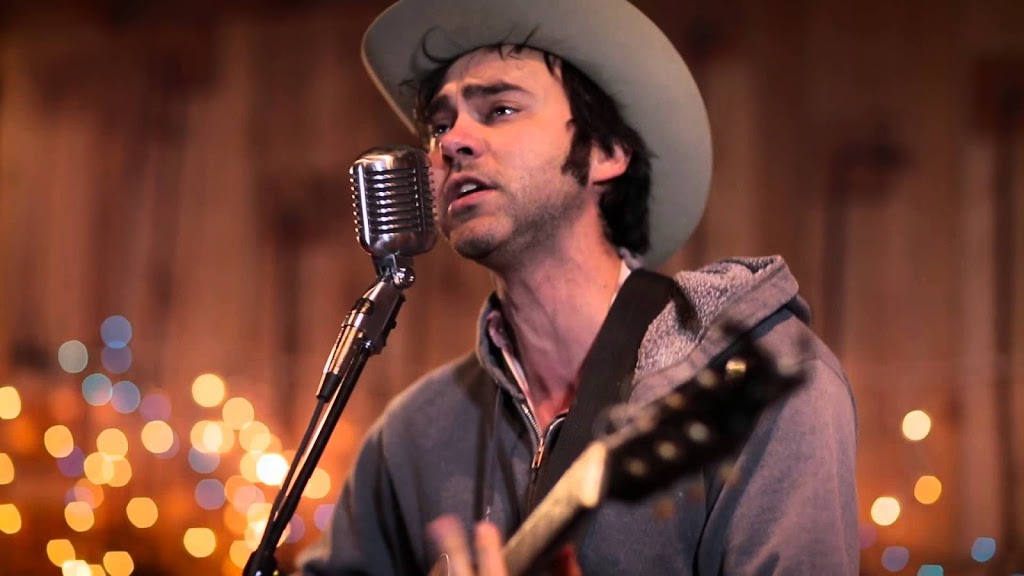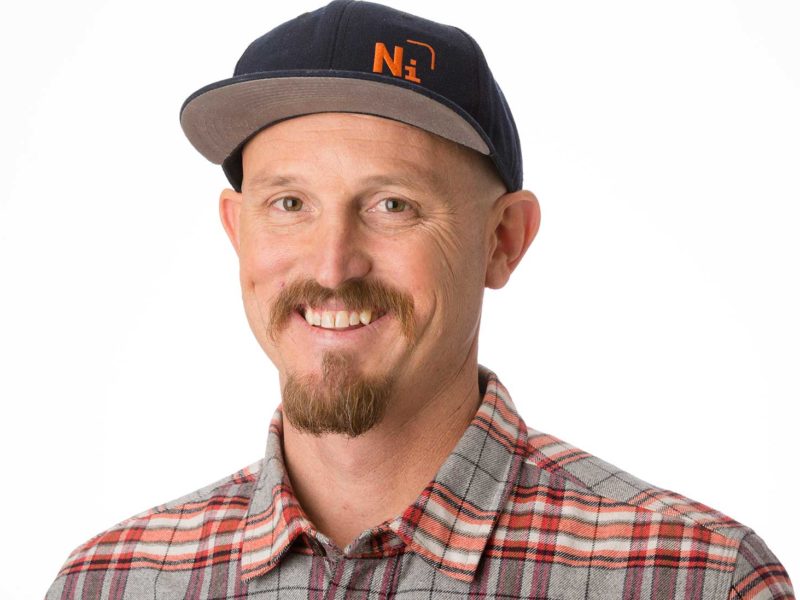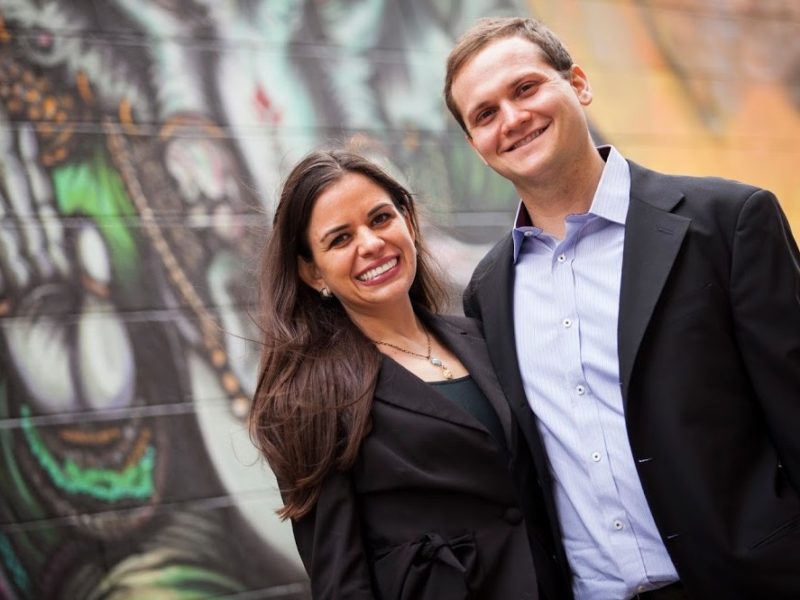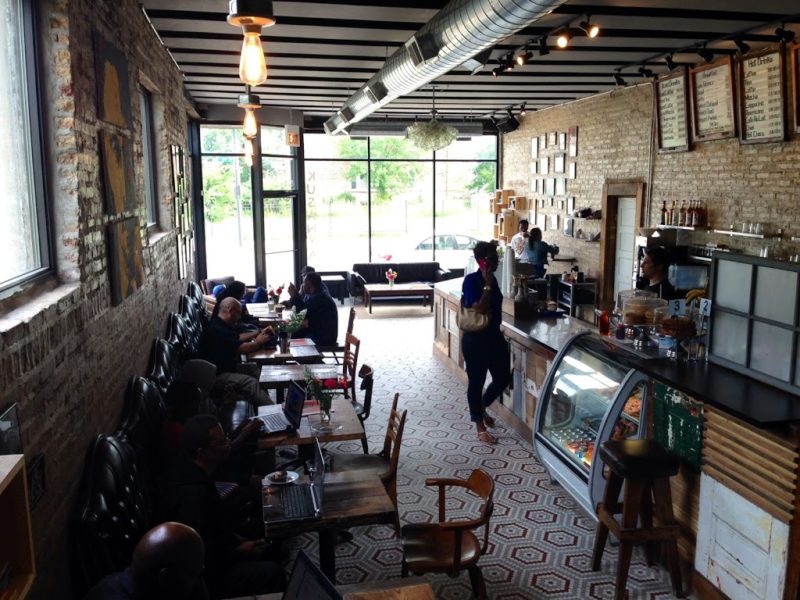
CIW Q&A: Shakey Graves
With his latest album And the War Came, the Austin-based Shakey Graves, née Alejandro Rose-Garcia, wanted to do nothing more than “make a big, shiny, studio-feeling album.” “The last frontier,” after all, “was making an album that sounds like it could be played on the radio.”
To achieve that, Rose-Garcia brought on singer-songwriter Esmé Patterson and co-producer Chris Boosahda, opting for a collaborative sound over the one-man-band verve of his debut album Roll the Bones. But while the higher production levels created a cleaner, crisper sound, And the War Came has retained the inherent—and there’s no real other way to put this—weirdness of Rose-Garcia’s original sound. It’s a unique blend of folk, indie rock and Americana, all dripping with a heavy dose of Texas mysticism. You can hear this sound tonight, December 3, at Lincoln Hall.
When you started out as a musician, it was just you, a guitar and a foot-operated drum. How does collaborating compare to being a one-man band?
It’s super satisfying. It’s really enjoyable, but at the same time, it’s challenging and frustrating. I’ve always done this on my own and the benefit to that is I don’t have to clear anything with anybody. Now I depend on other people to get my music off the ground.
Esmé and I wrote [three songs on the album] together. Writing a song and writing lyrics with another person is great because you have someone to argue with outside of your head. We found deeper flavors in songs that might have just been single-layered songs if I tried to write them myself.
I’ve always been drawn to that sort of thing. My mother is a playwright, and she grew up in South Texas. There’s a morbid sense of humor in that culture. My mother grew up in a small town where you’d get a job in the funeral home and have to pick up dead, naked bodies out of houses. There is a very visceral understanding with that [background]. Spirits and ghosts and the devil—those are very real characters in South Texas.
Are there topics you can explore through these more mystical themes that may otherwise be inaccessible?
Yes, I feel by talking about that stuff you start that conversation in other places. I’ll come across people where that stuff helps them out of a dark spot. I think it can be therapeutic to look at that aspect of life in a realistic way.
It’s hard to put a finger on just what genre your music falls into. Even Amazonseems overwhelmed—they categorize your album under both “Indie Rock” and “Traditional Folk.” I’ve also seen it described as Americana, country, you name it. That being said, what types of fans do your concerts attract?
They are all over the court. I’ve got a solid hillbilly folk crowd. We share an audience with the Devil Makes Three and the Americana world. There’s also the more indie, classic Modest Mouse fans and a lot of younger singer-songwriter dudes who are super supportive. Then, there are a lot of confused girls and some badass older folks. It’s all across the board.
Sort of seems like going to my family reunion.
It kind of feels like going to my family reunion, too. But it’s very positive, in general. It’s really, really supportive.
Q&As are edited for clarity and length.





